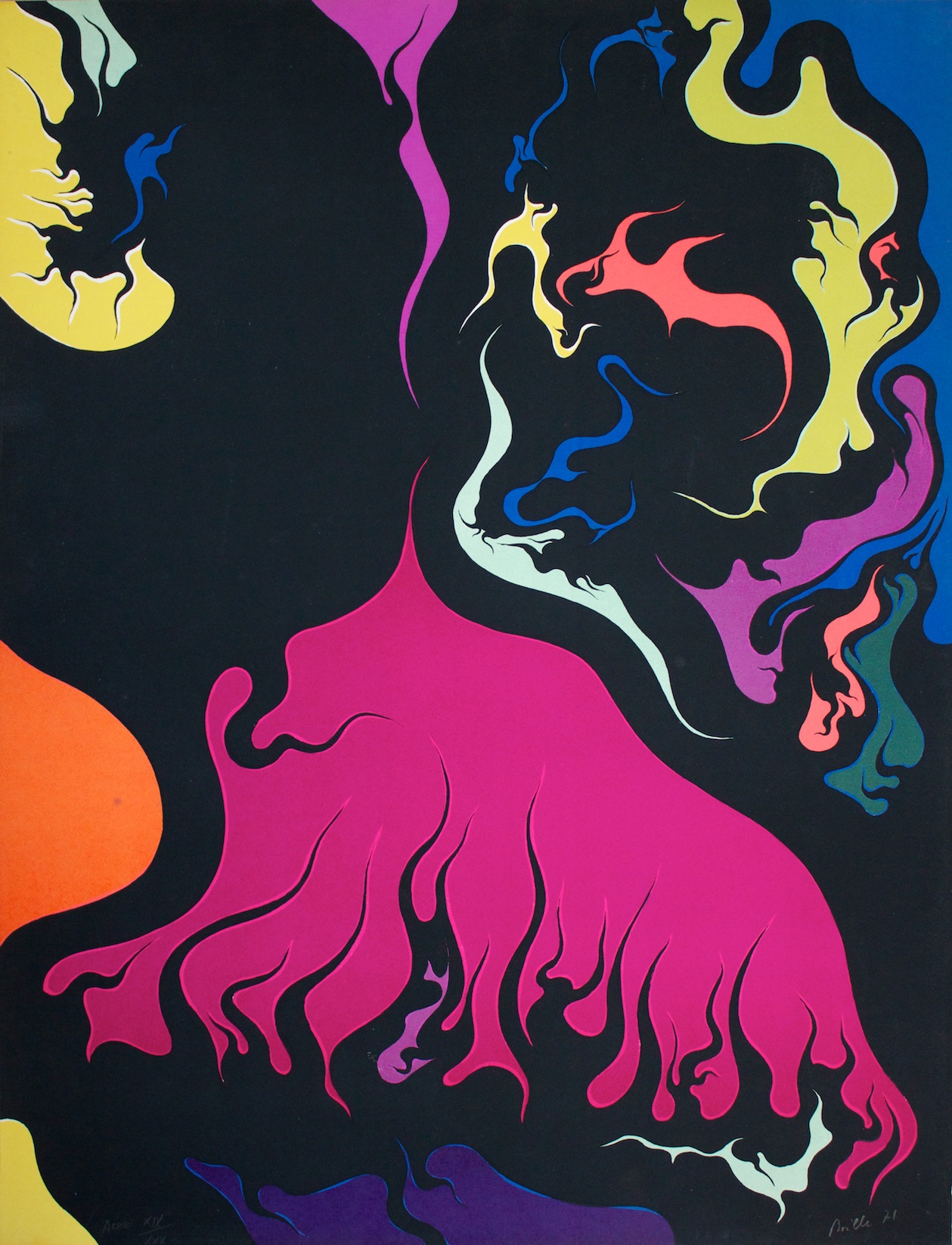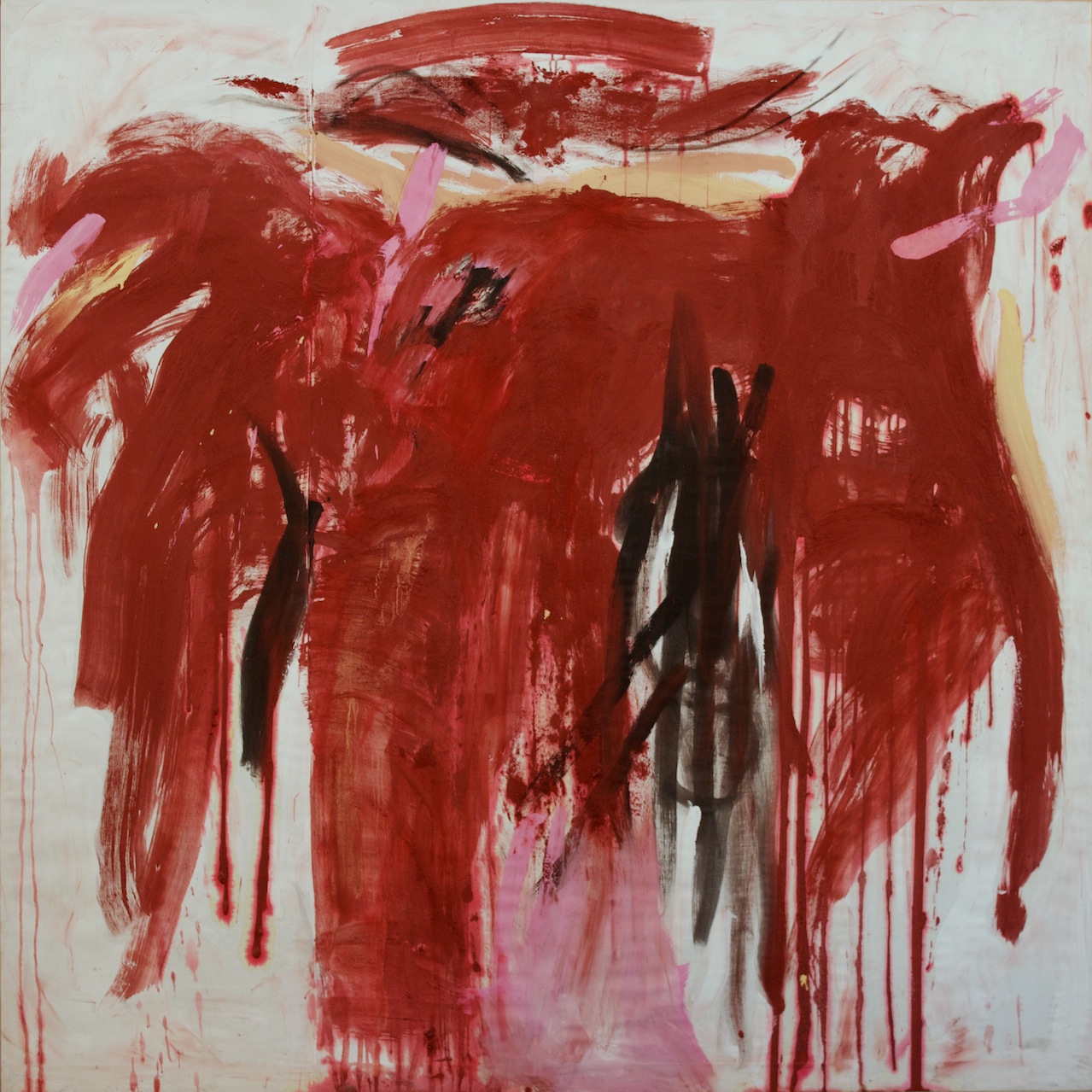The Poetics of the Dream, Free Divagations into the Surreal
Boccioni, Boille, Dalí, Kandinsky, Klee, Mariani, Masson
Photography by Meyer, Moholy-Nagy, Stieglitz
"The long train curved around the horizon under a shadow of black earth, the wagons spread long arms to the sea. So together, the dead poets trembled with joy.
I greeted my soul from the docks beaten by the wind. It left without memory, losing itself in the distant blue.
A knight armed with light came towards us, moving along the edge of the horizon, riding a steed of black shadow, with fiery eyes of lava. Between us and him, a dark spell of love. So I hugged my father. He was happy for me and did not think of his delicate body drawn by the light of the morning ".(From Albatross and Eyes)
For centuries, surrealism has constituted a spiritual flight towards sublimation for many artists. The razing of a conceptual prison allowed them to penetrate the mysteries of imagination. Without clamor, far from the drift of power, they have experienced magical visions imbued with dreams.
Creatures of light bathed in the secrets of the irrational? Or eternal presences that reveal themselves in the sky, on their pure white steeds, to those who are predisposed to receive them, along the path of their intuitive consciousness? Poetic surrealism or eternal freedom? The spontaneous path to superhuman observation is not just a question for the twentieth century.
Salvador Dalí, (1904, Figueras, Spain)
From 1929 to 1937 he produced the paintings which made him the world’s best-known Surrealist artist.
That two events brought about the development of his mature artistic style: his discovery of Sigmund Freud’s writings on the erotic significance of subconscious imagery and his affiliation with the Paris Surrealists, a group of artists and writers who sought to establish the “greater reality” of the human subconscious over reason.
Marcello Mariani (1938, L'Aquila, italy)
Marcello Mariani prefers, often, engage in large scenographic canvases, where the sign, matter, the spot are painting words or more precisely visual lexemes. Chaotic and tumultuous substructures of his paintings, confirming the accuracy of the definition of abstract expressionism, coined in the 50s to an important trend of the informal art. Through the streets of matterism with strong and precise references to the poetics of the wall, which has transferred on paintings the signs of aging and the tactile significance of the plaster, confirming its authenticity as a primary role painter in the neo-informal trend, since the 80’s.
His first solo exhibition dates back to 1954. In 1958 he exhibited in Paris. In 1960 he met Robert Rauschenberg in Rome. In 1974 he attended Joseph Beuys. In 2007 he exhibited with Burri, Vedova, Marca-Relli, Pollock, Kline, Afro, Tapies. In 2011 he was present at the 54th Venice Biennale.
Umberto Boccioni (1882, Reggio Calabria, Italy)
Giacomo Balla, his great master, introduced Boccioni and Gino Severini, then young painters, to the divisionist technique and to the study of light. In 1910, together with fellow painters Carlo Carrà and Luigi Russolo, he visited the poet Filippo Tommaso Marinetti. In the same year he signed the Manifesto of Futurist Painters, signed together with Balla, Russolo, Carrà and Severini, and elaborated the Futurist Painting Technical Manifesto. Futurism is dynamism, movement, speed, swirling human figures in the repeatedly fragmented crowd, muscle and rhythmic energy, in addition to this, the cult of the machine.
In 1911 Boccioni returned to Paris with Carrà to organize the exhibition of futurist painters. It is during this trip that his friend Severini puts him in contact with Picasso and Apollinaire.
He died at the age of 34 following a fall from a horse.
László Moholy-Nagy, (1895, Bácsborsód, Ungheria)
According to his belief known as “the New Vision”, photography is the means of capturing reality in a whole new spectrum that is not entirely possible for human eye.
Sculptor, photographer, designer, theorist, and art teacher, whose vision of a nonrepresentational art consisting of pure visual fundamentals-colour, texture, light, and equilibrium of forms, he headed the metal workshop of the famous avant-garde school of design known as the Bauhaus.
Alfred Stieglitz, (1864, Hoboken, USA)
Late in 1905, with the encouragement of his young protégé Steichen, Stieglitz opened the Little Galleries of the Photo-Secession, a name soon shortened to 291, the gallery’s address on lower Fifth Avenue in New York City. During the gallery’s first four years it most often functioned as an exhibition space for the Photo-Secession photographers. By the 1909 season, however, the gallery began to promote progressive art in a variety of media, and the work of painters, sculptors, and printmakers almost usurped the gallery space. These exhibitions (many of them arranged by Steichen) included the first shows in the United States of the work of Henri Matisse, Henri de Toulouse-Lautrec, Paul Cézanne, and Pablo Picasso.
Adolph de Meyer (1868, Parigi)
Was a photographer famed for his elegant photographic portraits in the early 20th century. He was also the first official fashion photographer for the American magazine Vogue, appointed to that position in 1913. Although de Meyer habitually fictionalized his biographical information, between 1903 and 1907 his work was published in Alfred Stieglitz's quarterly Camera Work.
Wassily Kandinsky (1866, Mosca)
One of the first creators of pure abstraction in modern painting. After successful avant-garde exhibitions, he founded the influential Munich group Der Blaue Reiter (“The Blue Rider”; 1911–14) and began completely abstract painting. Great traveller, teacher at Bauhaus school, He also became an amateur painter, and he later recalled, as a sort of first impulse toward abstraction, an adolescent conviction that each colour had a mysterious life of its own.
Paul Klee (1879, Münchenbuchsee, Svizzera)
The prevalent geometric aesthetic of the 1920s and Klee’s attempts to teach a methodology of art led him to rationalize his own practice as well. His work of the Bauhaus decade is more geometric than before, and the number of forms employed in a given composition is sharply reduced. Among the many types of compositions resulting from this practice are pictures made entirely of coloured squares, horizontal striations, or patterns resembling basket weave and, among his most evocative, a number of paintings in which puzzlingly disparate objects-faces, animals, goblets, heavenly bodies, coexist in a black undifferentiated space.
As a modern artist, during the thirties, Klee was dismissed from his position, and his house and studio were searched by the Gestapo on account of his known left-wing sympathies. Despite these difficulties, Klee continued to produce his art without restraint. The drawings he did at this time are mostly representational and even narrative; many directly reflect the political disturbances of the day, dealing in ironic fashion with demagogy, militarism, political violence, and emigration.
André Masson (1896, Balagny, Oise, Francia)
He joined the emergent Surrealist group in the mid-1920s after one of his paintings had attracted the attention of the movement’s leader, André Breton. Masson soon became the foremost practitioner of automatic writing, which, when applied to drawing, was a form of spontaneous composition intended to express impulses and images arising directly from the unconscious.
Masson’s paintings and drawings from the late 1920s and the ’30s are turbulent, suggestive renderings of scenes of violence, eroticism, and physical metamorphosis. A natural draftsman, he used sinuous, expressive lines to delineate biomorphic forms that border on the totally abstract.
Luigi Boille (1926, Pordenone)
Giulio-Carlo Argan wrote about him: The sign of Boille "unfolding and modulating itself as a pure pictorial phrase, realizes and communicates a state of being, of immunity or detachment or contemplation". In Paris, he made a strong friendship with Michel Tapié, who placed him in a prestigious and international artistic context. Pierre Restany includes it in the exhibition "La Jeune Ecole de Paris II". in 1964, at the invitation of Lawrence Alloway, he represented Italy together with Fontana, Capogrossi and Castellani at the Guggenheim International Award in New York. In his painting the material world melts, turning into one continuous flow, a becoming unstoppable, dense, dramatic but also funny, which adopted the time being in reality and the slow turning of the days and feelings.


![László Moholy-Nagy - [Climbing the Mast] - Gelatin silver print - 1928](https://images.squarespace-cdn.com/content/v1/56158512e4b074e29fff2430/1523279275450-B51XNRC6GT5N8E79E2DN/Moholy-Nagy_ClimbingtheMast_1928.jpg)

![Adolf de Meyer - [Dance Study] - Platinum print - 1912](https://images.squarespace-cdn.com/content/v1/56158512e4b074e29fff2430/1523279254272-BB64XEVEBRTHL0ZTF2XE/AdolfdeMeyer_%5BDanceStudy%5D_1912ca.jpg)
![Adolf de Meyer - [Nude Models Posing for a Painting Class] - Gelatin silver print - 1890s](https://images.squarespace-cdn.com/content/v1/56158512e4b074e29fff2430/1523279251283-JUYDU7G3YLTHLA016CEY/AdolfdeMeyer_%5BNudeModelsPosingforaPaintingClass%5D_1890s.jpg)



















![AdolfdeMeyer_[DanceStudy]_1912ca.jpg](https://images.squarespace-cdn.com/content/v1/56158512e4b074e29fff2430/1524147344357-K3TRAYFDP9E3IAS1JSZ1/AdolfdeMeyer_%5BDanceStudy%5D_1912ca.jpg)



